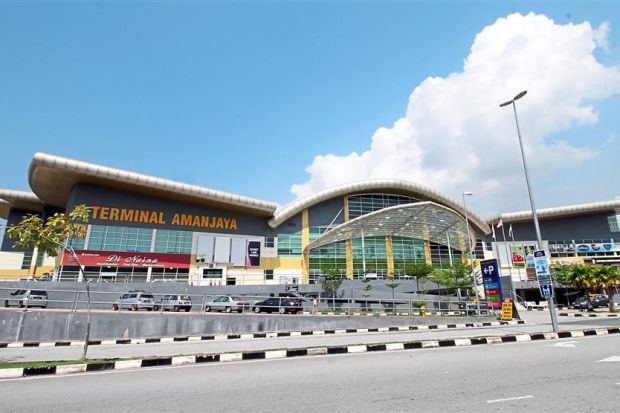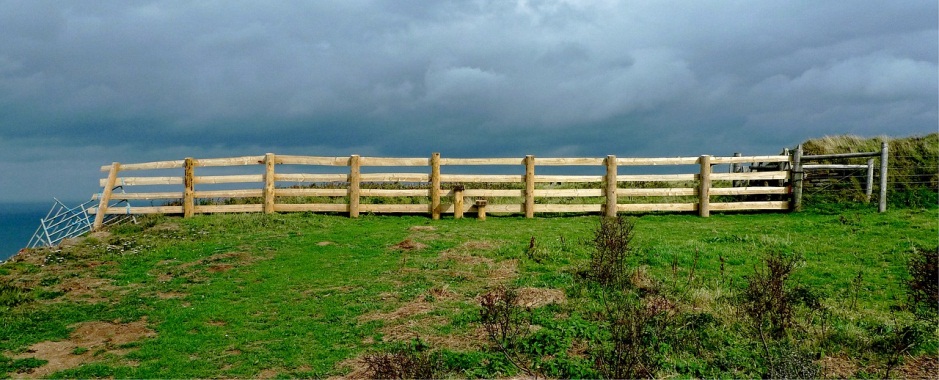[Ptrans] 5 Things You Should Know About Perak Transit
normanyap
Publish date: Wed, 20 Sep 2017, 08:33 PM
OVERVIEW
Perak Transit Berhad (“PTRANS” - Bursa: 0186) was incorporated in Malaysia on 5th September 2008 as private limited company and was listed in Bursa Stock Exchange under ACE Market on 6th October 2016. The company is heavily involved in the operations of Integrated Public Transportation Terminal (i.e. Terminal Amanjaya) and the provision of public bus service. In addition, the company also operate four petrol stations namely Shell in Lahat and Tanjung Rambutan, BHP at its Terminal Amanjaya and Petron at Lubok Merbau, Kuala Kangsar.
We see great potential growth just by reading the business that the company involves in and so we decided to research into it. Here are the 5 things you need to know about this company before investing:
#1 STRONG RECURRING INCOME

Perak Transit?? The name doesn’t sound convincing but this is indeed an interesting company to look into. This company’s core business is segmented into Integrated Public Transport Terminal Operations (“IPTT”), Bus Operation and Petrol Stations in Perak.
|
IPTT |
Bus Operation |
Petrol Stations |
|
85% |
12% |
3% |
Based on the table above, the highest profit contributor for PTRANS comes from the operation of IPTT which is Terminal Amanjaya. As such, we believe that the company’s crown jewel lies in its IPTT operation. The reason being, it is able to generate strong recurring income from the rental of stores, kiosk and advertising space available in the terminal. In addition, PTRANS is the only company managing this IPTT in Perak and we believe this gives them an advantage to command higher rental fees upon the expiry of tenancy agreements for respective tenants. Moreover, they are protecting their business moat by constructing another terminal in Kampar (a growing education hub in Perak).
The table below shows the occupancy rates in Terminal Amanjaya.
|
Year |
Occupancy Rates |
|
2013 |
78% |
|
2014 |
79% |
|
2015 |
93% |
|
2016 |
94% |
The occupancy rates in Terminal Amanjaya has been increasing from 78% to 94% from Year 2013 to 2016. A high occupancy rate indicates that the terminal is well managed but our question is why PTRANS were able to achieve above 90% occupancy rate? This bring us to our next point.
#2 MONOPOLY POSITION

Businesses revolving around transportation terminal must be supported strongly by government agencies. Why do I say this? In order to build such terminal, license is required to be applied with the City Council and SPAD (Land Public Transport Commission Malaysia). Further, the licensing process is not an easy one because the terminal would need to comply with four KPIs which are Terminal Management, Passenger Information, Bus/Taxi Schedule and Cleanliness. The high barriers of entry coupled with highly capital intensive to build one terminal (approx. RM128 mil) making PTRANS in a monopoly position since it is the only company that has a license to operate such transport terminal in Perak. To put this into perspectives, a layman could not just apply for such exclusivity unless they are well connected.
Yes you are correct; we believe the Chairman Tan Sri Dato Chang Ko Youn is the key person in Perak Transit. Although, he is not involved in the day-day operation but his political background does have an edge. He was appointed as Advisor of Chief Minister of Perak in 2009 and a year later this company has received approval for application to construct Terminal Amanjaya.
#3. STRATEGIC LOCATION
Besides reinstating that Terminal Amanjaya is the only express bus terminal in Ipoh, Perak, we have looked into its location and believe it is situated in a very strategic location. The said terminal is situated right beside the North South Highway and its opposite is a shopping mall (i.e. MYDIN). In addition, located only 4km away from Terminal Amanjaya is the new Movie Animation Park Studios which is the first animation theme park in Perak. The SPAD has mandated that all express bus services operating in Ipoh are required to pick up and drop off passengers in the Terminal Amanjaya and this would definitely resulted in increase of passenger spending at Terminal Amanjaya.
What about their on-going Terminal Kampar location? Kampar is a growing education hub consists of TAR College, University Tunku Abdul Rahman (UTAR), Westlake International School (WIS). With growing population and higher education needs, only you can judge whether both of these terminals are at their strategic location.
#4. BUS OPERATION
Stage Bus – Is also known as transit bus, used on shorter distance public transport bus services.
|
Year |
Maximum Annual Seating Capacity (‘000) |
Actual Occupied Seats (‘000) |
Utilisation Rate (%) |
|
2013 |
23,307 |
6,182 |
26.52 |
|
2014 |
20,296 |
6,368 |
31.38 |
|
2015 |
18,825 |
6,069 |
32.24 |
Express Bus –Is a bus service that intended to run faster than normal bus services between the same two destination points.
|
Year |
Maximum Annual Seating Capacity (‘000) |
Actual Occupied Seats (‘000) |
Utilisation Rate (%) |
|
2013 |
146 |
44 |
30.14 |
|
2014 |
73 |
26 |
35.62 |
|
2015 |
112 |
43 |
38.39 |
Based on the two tables above, both Stage Bus and Express Bus Utilisation Rate have been increasing at very healthy growth. This increase in Utilisation Rate has been reflected in the revenue contribution segment from RM15.2 million (2013) to RM21.6 million (2015). Furthermore, the Group intend to enhance the quality of service with more buses and improve the scheduling of routes as well as punctuality of bus services which resulted in improved utilisation rates for both Stage and Express Bus. With the CAGR of Stage and Express Bus at 6.73% and 8.4%, no doubt the bus operation revenue contribution will continue to grow with a healthy and sustainable rate.
#5. PROFIT AND CASHFLOW
Growing Sales and Net Profit since 2013 to 2016 shows that PTRANS has been growing at a healthy rate. Given the fact that the Kampar Terminal is under construction and planning phase, this will only continue to improve the sales segment.
By analysing their cash flow movement, it seems the utilisation of cash is conservative. In 2013, CAPEX is at RM 42 million due to the expansion of petrol station and construction of Terminal Amanjaya. In 2016, the CAPEX is higher than the cashflow from operations. The increased in CAPEX is resulted from Property, Plant & Equipment (PPE) on upgrading work at Terminal Amanjaya, construction cost for Terminal Kampar and purchased of 24 new express buses. We should always be wary of the cash flow from operations and CAPEX but in this case, the CAPEX was used to increase future revenue and business efficiencies.
Our Insights:
Our outlook for PTRANS is positive especially with the completion of Kampar Integrated Bus Terminal in the coming years. With their moat being durable and low market penetration, PTRANS will continue to grow within their core competencies. However, we are neutral on their growth after the completion of the new Terminal in Kampar. Currently trading at PER 14 investors must be caution on the Investment Risk such as paying at overvalued price even though the fundamental of PTRANS is stable.
“When prices are elevated, risks are high; expected returns are low” – Norman. Y
Related Stocks
| Chart | Stock Name | Last | Change | Volume |
|---|
More articles on Intelligent Contrarians
Created by normanyap | Dec 17, 2017
Created by normanyap | Nov 11, 2017





















